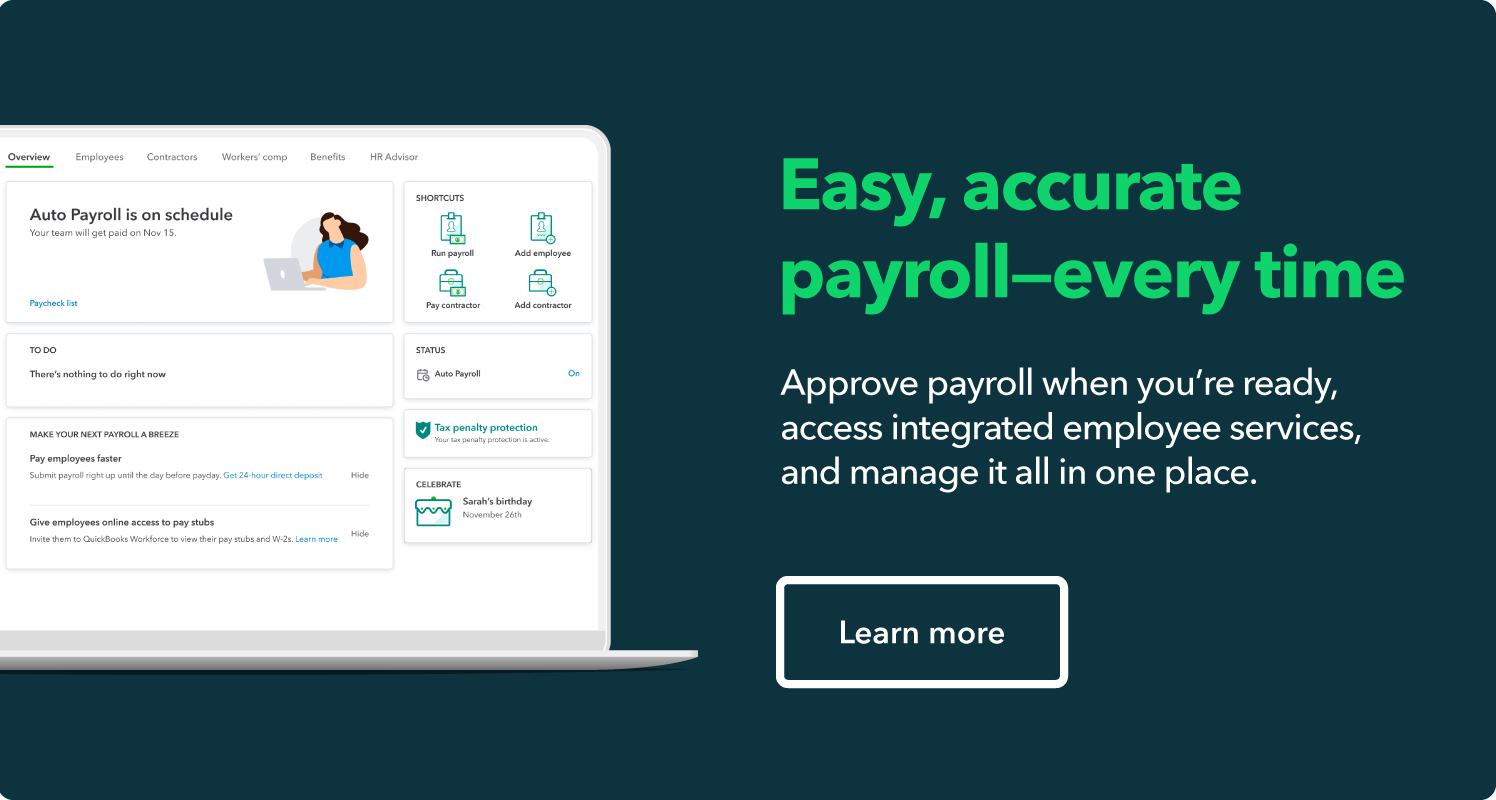You've built your business from the ground up, but one person can only scale so far. At some point, you'll need to hire employees to continue growing. If this describes you, you're in good company, as 44% of business owners plan to expand their teams in 2025, according to the QuickBooks Entrepreneurship in 2025 report.
But hiring involves more than just finding the right person. Our guide can help you determine how to hire employees and navigate the hiring process.
Jump to:
- Step 1. Consider the legal requirements
- Step 2. Define the roles and responsibilities for each job
- Step 3. Find your ideal candidates
- Step 4. Conduct interviews with qualified candidates
- Step 5. Select your candidate
- Step 6. Notify the candidate of their job offer and compensation
- Step 7. Report hires to state employment agency
- Step 8: Establish a payroll system
- Step 9: Successful onboarding
- When should you hire new employees? Signs it's time
- The benefits of expanding your workforce
- How to hire good employees: 5 best practices from top companies
- Tips for hiring a remote employee
- Make the best hiring decisions for your business




















